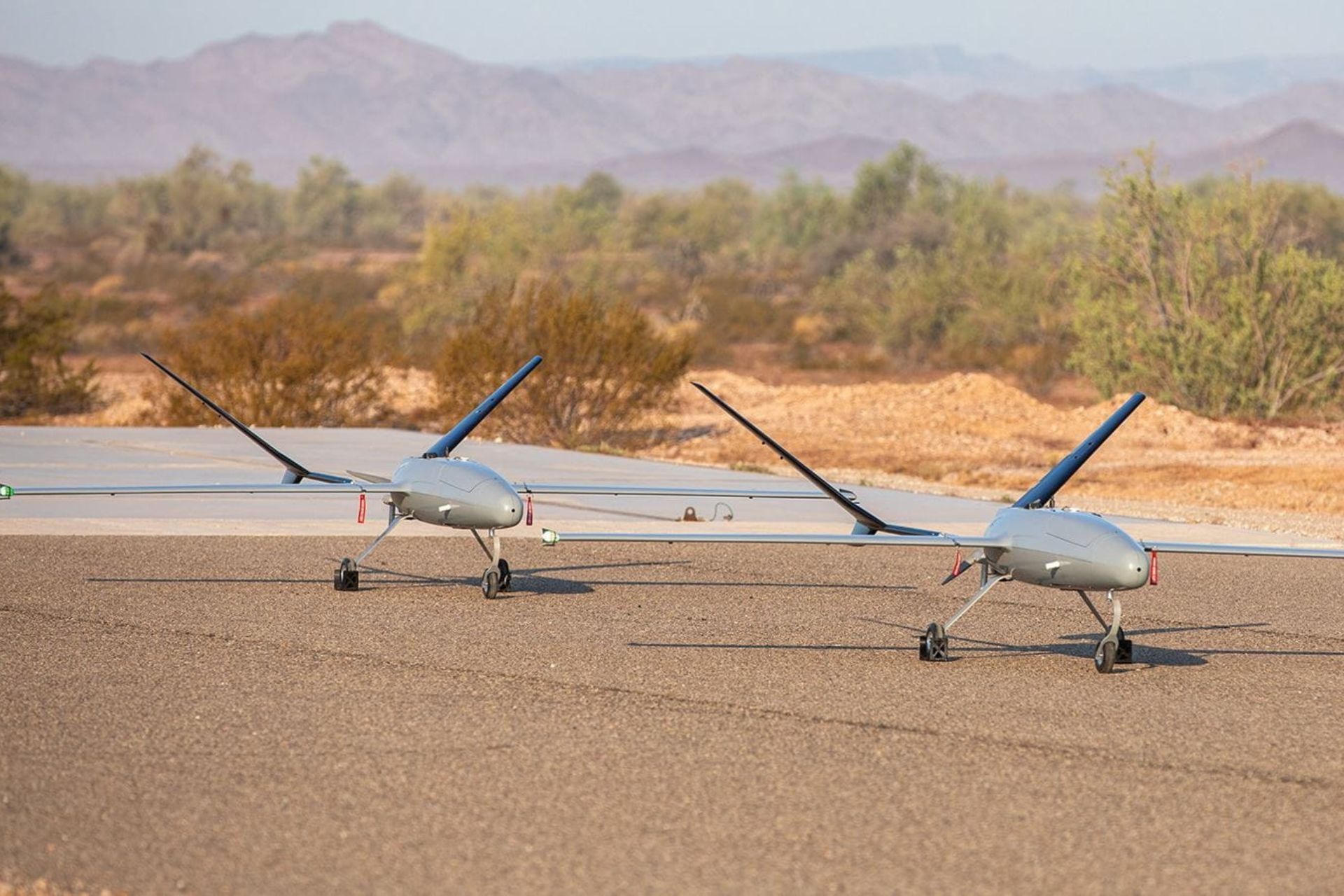Breaking News
RTX Coordinates Autonomous UAV Airstrike During US Army's EDGE24 Exercise.
On October 14, 2024, three uncrewed aerial vehicles (UAVs) from RTX scanned miles of rugged terrain to identify potential threats during the U.S. Army’s EDGE24 military exercise. The drones detected and assessed risks using RF signals, recording their positions. Within seconds, this information was relayed to a command center, which then deployed additional UAVs to confirm the targets and simulate a strike.

While UAVs are already used for reconnaissance and strike missions, this demonstration showed that they can now operate with minimal human intervention, relying on autonomy to make real-time decisions (Picture source: US Army)
This demonstration, conducted as part of the U.S. Army's EDGE24 exercise in Yuma, Arizona, marked a significant step for RTX. Teams from Collins Aerospace and Raytheon, both divisions of RTX, completed a flight mission that had previously been tested only in simulations.
While UAVs are already used for reconnaissance and strike missions, this demonstration showed that they can now operate with minimal human intervention, relying on autonomy to make real-time decisions. Two key RTX technologies were employed in this test: Collins Aerospace's RapidEdge mission system and Raytheon’s CODE autonomy.
Rather than following precise commands or preplanned routes, the UAVs were assigned a broad objective. They communicated with one another to strategize and adapt to obstacles encountered during the mission. Even when the communication link between the drones and the ground station was severed, simulating a communication-denied environment, the UAVs continued to execute the mission autonomously. They also coordinated their actions with Raytheon’s Coyote Block 3 system, demonstrating the technology's capability in realistic and challenging conditions.
Bernd Knox, Collins’ business development lead, highlighted the system’s ability to quickly and effectively distribute critical data to both Raytheon’s team and the U.S. Army’s Future Vertical Lift Cross-Functional Team. He emphasized the importance of timely information sharing to leverage the system’s capabilities fully.

This exercise supports the U.S. Army’s Future Vertical Lift initiative, with Peter Laird noting that autonomous behavior adds complexity that can only be fully validated in real flight conditions (Picture source: US Army)
The EDGE24 event, also known as the Experimentation Demonstration Gateway Event, tested emerging launched effects technologies and their integration with other systems on a simulated battlefield. This exercise supports the U.S. Army’s Future Vertical Lift initiative, which seeks to modernize its rotorcraft fleet. Peter Laird, Collins’ program manager for autonomy and launched effects, pointed out the complexity added by autonomous behavior, which can only truly be validated in real flight conditions, despite the inherent challenge of flying the UAVs themselves.
The demonstration also showcased the speed and agility of Collins’ RapidEdge team. They developed the system used in the EDGE24 exercise in just five months, using advanced prototyping, integration, and simulation techniques. These simulations can execute entire missions in seconds, while hardware-in-the-loop testing combines simulation data with real flight equipment to fine-tune performance before the final real-world test.
RTX aims to go beyond providing standalone collaborative autonomy capabilities by supporting the development of flexible platforms capable of performing multiple mission types. Although the systems demonstrated at EDGE24 are still in development, the team plans to build on this experience to refine and enhance the technology for future deployments.


























